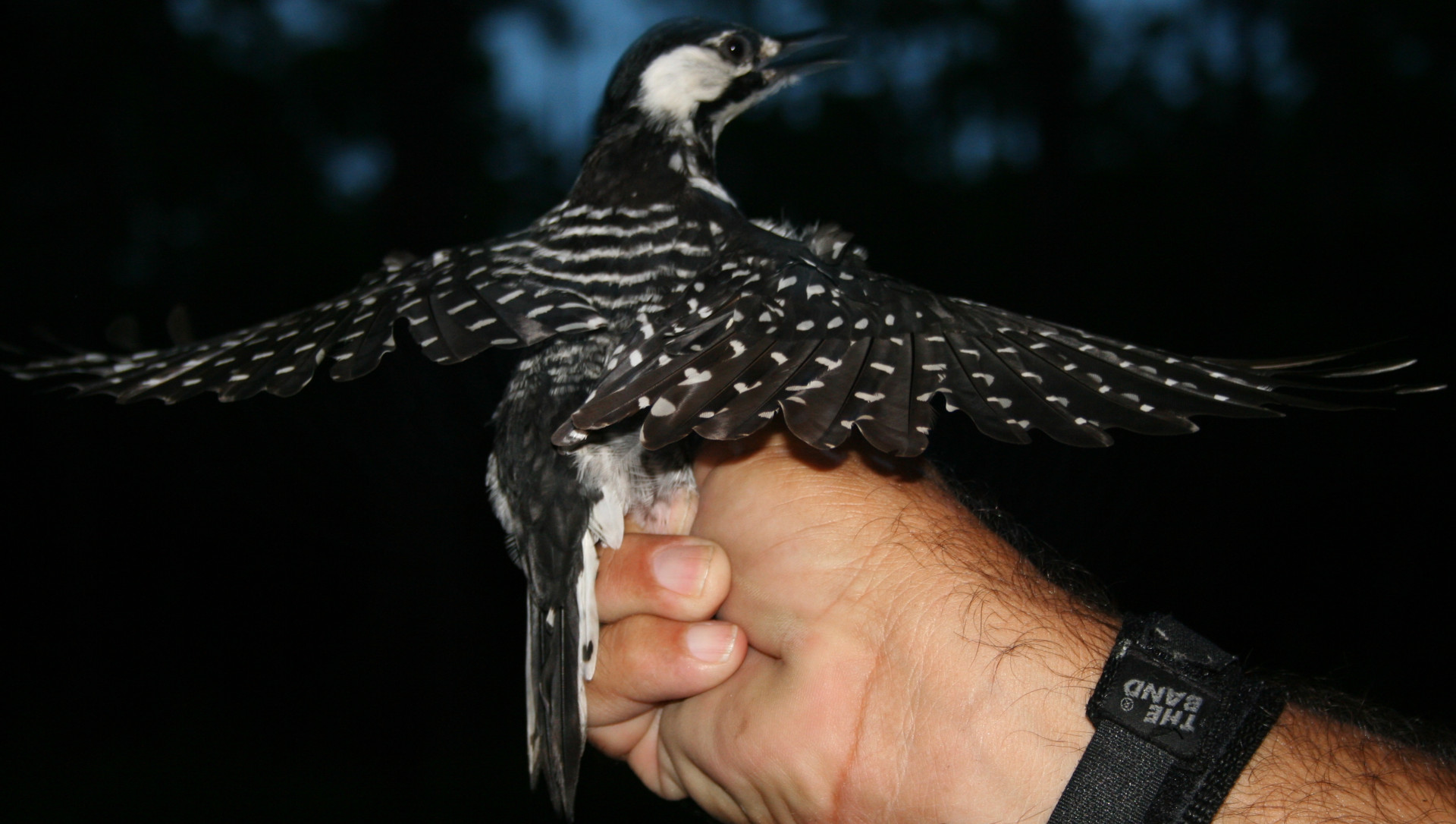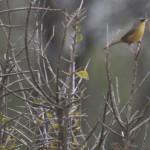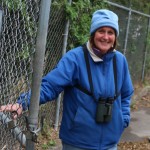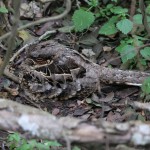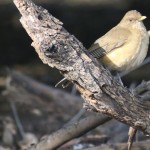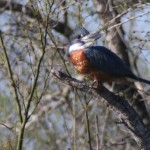The speed limits are crazy fast with some roads as high as 85 mph, the “big box” stores all seem double big, and even the squirrels are super-sized! It’s a shame though, that the Don’t Mess with Texas mentality does not translate to don’t mess UP Texas. If Lady Bird Johnson could see the litter all over her South Texas Gulf Coast roadsides she would be whirling in her grave. Since we are avoiding big cities, and although so far we have merely been in this one part of Texas, it seems that only tiny oases of public lands (only 2% of Texas is reserved for the Public) seem free of trash. Ah… but those oases are beautiful and filled with birds! They take their birding seriously here, and while calling the Rio Grande Valley chain of 9 birding sites The World Birding Center may be a little presumptuous, each of the three sites we visited were exemplary, with volunteers (even on weekdays) who were impressive bird-knowledgeable experts. They bend over backwards to tell you where to find your target species, and can suggest where to try if it has not been seen at their site. Since this part of Texas is unique, with two birding migration flyways converging, there always seem to be bird alerts for rare species.
Estero Llano Grande State Park- Reports had been made to birding websites that three rare birds where recently seen in this park, and birders from all over the US and Canada were here to see them. We were thrilled to catch the Gray-crowned Yellowthroat!
This is an American Birding Association code 4 bird, which is extremely rare to find. Chuck and I were in an area by ourselves, heard it call, walked around a bush, and there it was- up on a stalk and pretty as you please. We got several good looks as it popped up from the grass to call and then drop back down into the grass. As other birders came along we were able to help them see the bird too; a little payback since we have been assisted by other helpful birders.
Santa Ana National Wildlife Refuge- Here we ran into the husband and wife refuge volunteers, Laura and Steven Paulson.
Since it was another cold and drizzly day, we were among a very few birders braving the weather. The Paulson’s took us under wing showing off their park, its birds, their knowledge, and their hospitality. We were shown birds that we would certainly have missed had we been on our own. The Common Pauraque
was the most unique to actually see- they are often added to birders lists as “heard only”. Check out how cryptically he melts into his surroundings. We also saw three additional new species here- the Clay-colored Thrush
which is an ABA Code 3 bird who looks like an over-laundered Robin, the Gray Hawk (Code 2), and the Hooded Oriole.
Bentsen Rio Grade Valley State Park- We missed the Code 3 bird, Hook Billed Kite, but while walking the park trails
and visiting the feeding stations we were able to add 5 new species including this cute little Verdin.
At the recommendation of several birders, we made a quick stop at a site called Salineno- The drive to this spot was through a rather sketchy neighborhood on the edge of a preserve, where an entrepreneur has set up feeders attracting hundreds of birds, and was taking donations. I would guess that he took in over $60 in the half hour we observed his set up, and the stream of visiting birders was steady. Good work if you can get it! The feeder birds were all common to the area and we were not able to see new birds in his yard, but by walking down to the water at the edge of the preserve, we were able to see a Ringed Kingfisher.
Kingfishers are among my favorite birds. Our “home refuge” St. Marks NWR has plenty of the Belted Kingfishers, and we catch sight or sound of one each time we visit; they never fail to make me smile when I see their punky devil may care hair do’s.
We feel good about the fact that we are adding species regularly, and even in the winter season, whittling down the list of birds left to find. And if you have been looking at the Gallery of Chucks photography as we have been adding pictures, I’ll bet that you will notice how his photography has been improving! Some of them are field guide quality!
